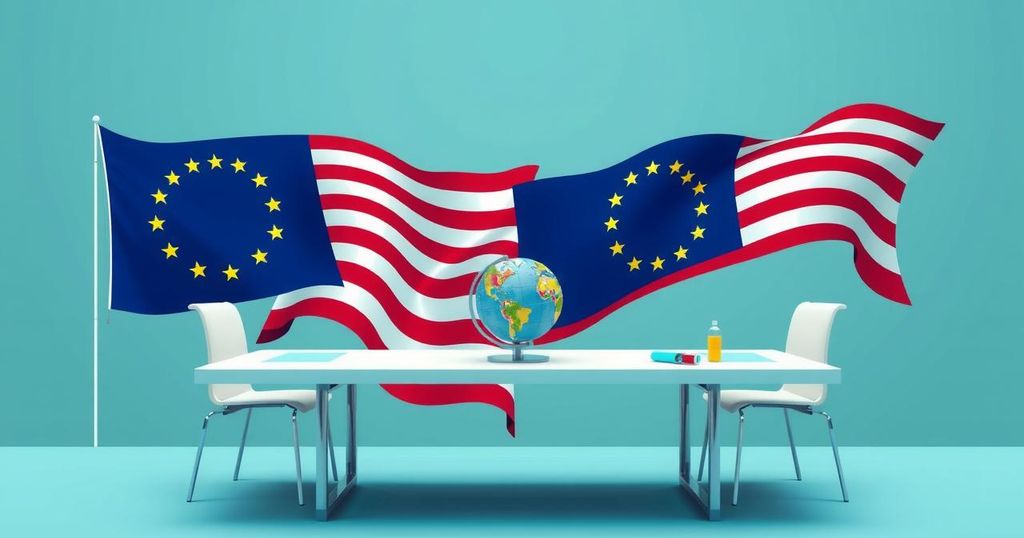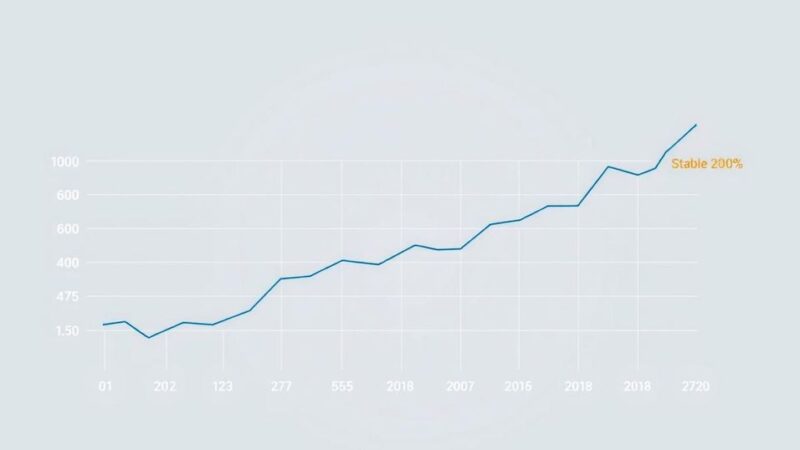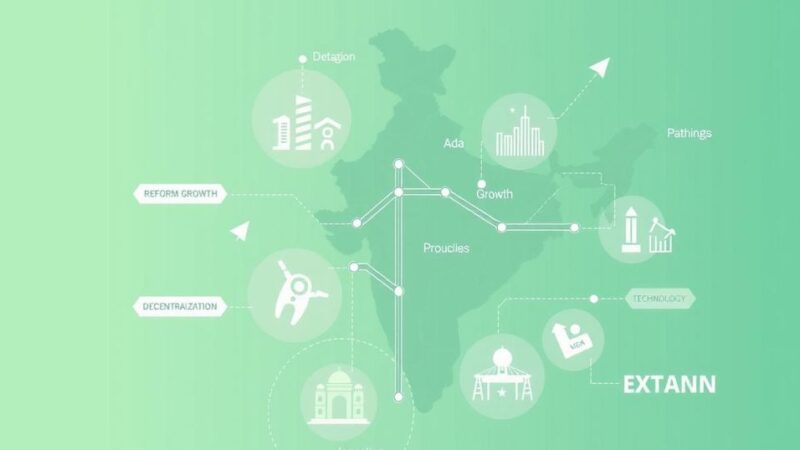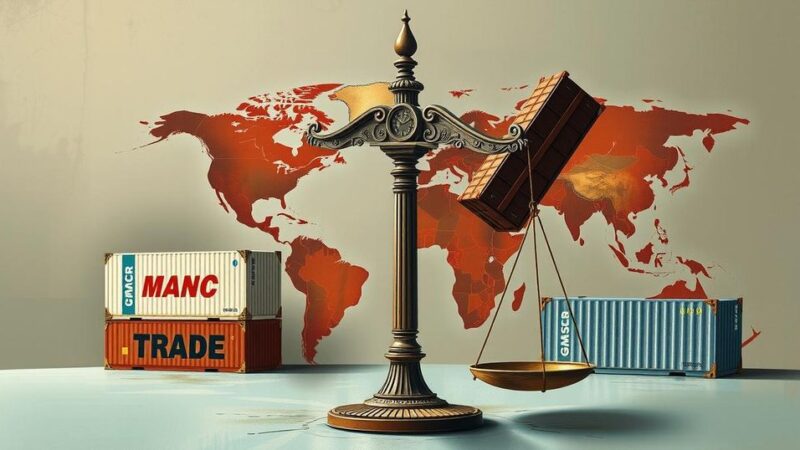- EU officials were blindsided by Trump’s 30 percent tariff threat.
- Negotiations were thought to be proceeding positively until the ultimatum arrived.
- Conflicting messages from the US created confusion among EU trade officials.
- Finland’s trade minister expressed surprise at the sudden turn in talks.
- EU looks to maintain a positive outlook despite impending August 1 deadline.
EU Caught Off Guard by Trump’s Tariff Threat
Unforeseen by many, EU officials were caught off guard last week after US President Donald Trump issued a 30 percent tariff ultimatum directed at European Union goods. In the days prior, there had been a somewhat upbeat atmosphere among European diplomats and trade officials, who believed they were on the verge of closing a deal. They had high praise for Maros Sefcovic, the Union’s chief negotiator, as they confidently mapped out a tentative agreement, hoping that the US would maintain a baseline tariff of 10 percent on EU products, but that marking quickly came to an unexpected halt after Trump’s sharp message arrived over the weekend.
Assessing the Fallout of Trump’s Ultimatum
As reactions rolled in, Finland’s trade minister Ville Tavio expressed his surprise at the sudden shift in dynamics, highlighting a previously optimistic outlook just before the letter arrived. Discussions among EU officials turned urgent, assessing how the newfound ultimatum would impact their negotiation strategy. Hungary’s deputy trade minister, Levente Magyar, noted he was not completely taken aback, seeing that President Trump tends to dispatch such letters to major counterparts; nonetheless, it created a considerable stir among EU members. As this situation unfolds, the EU will have to consider whether Trump’s bolstered threats will serve to pressure them or facilitate further negotiations ahead of the looming August 1 deadline.
Continuing Negotiations Under Pressure
Last week, as new tariffs rolled out for countries like Japan and South Korea, EU officials remained outwardly calm, banking on a positive resolution. Comments from EU trade spokesman Olof Gill seemed optimistic, at least until Friday when tensions began to rise. Conflicting messages from US officials added to the discord, leading some to believe that a deal would indeed be struck. However, the EU retreated to strategy talks post-letter and remained determined to work out an agreement as they headed toward the August 1 deadline, with Sefcovic planning discussions with US representatives. The overarching attitude now seems to center on whether the European response will remain robust enough to negotiate terms under this renewed pressure.
The recent developments in US-EU trade negotiations, marked by Trump’s unexpected tariff threats, have led to heightened tensions and urgent strategic discussions among EU officials. While the situation appears challenging, the EU maintains a hopeful stance, aiming to finalize an agreement by August 1. The coming days will likely test both sides as they navigate this complex relationship, seeking a resolution that satisfies their respective interests.






